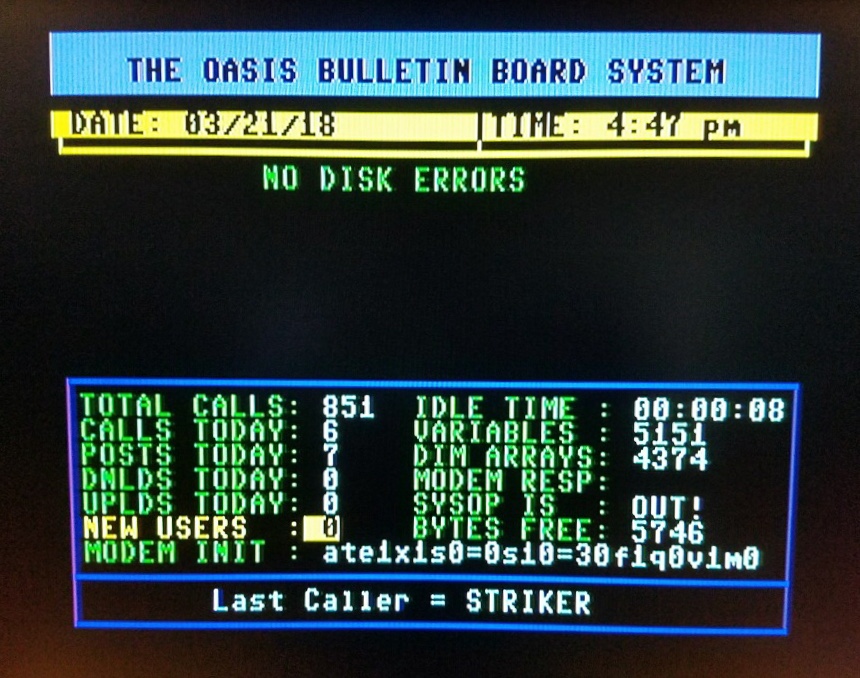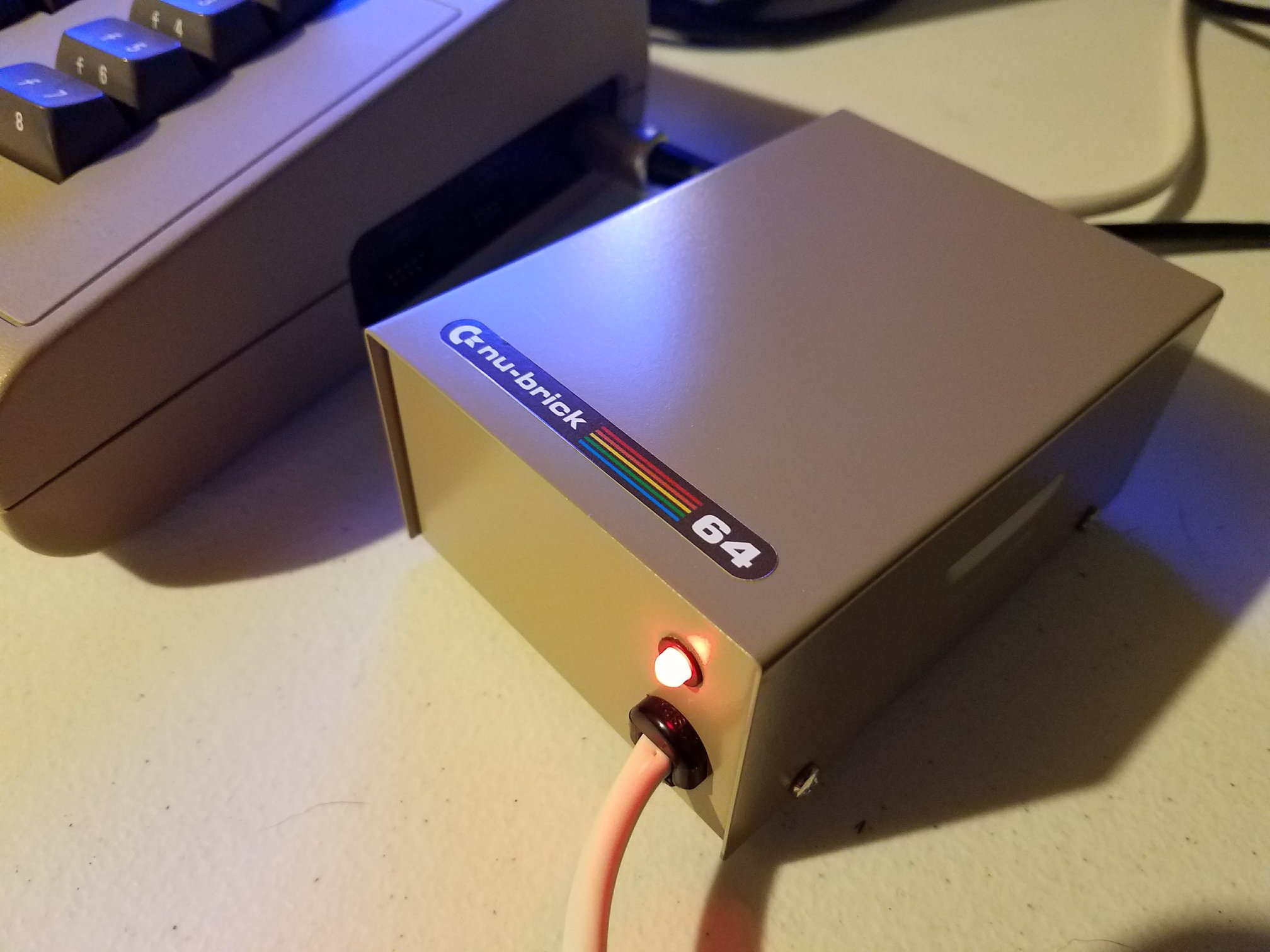Nick of The 8-Bit Manshed needs to continue work on the Amiga 3000 build. Previously, he got the system to boot to the diagram, first via serial, and then through the RGB output after populating more components. He added an extra 16 MB of fast RAM, got audio output, and was able to control the diagram using the mouse. The next step, according to Chalky’s guide, involves controlling the floppy drive. Nick plans to check the guide and get back to it.
He then discusses setting up the floppy drive. While he doesn’t yet have a socket for the DFZ floppy drive, he’s using a connector from a donor board and an adapter for the GoTek. The power supply didn’t have a four-pin floppy connector, so he rigged one up, but accidentally fried a floppy drive by connecting the wrong voltage. He explains how he’ll test with a new drive once he gets one.
Next, Nick talks about adding a parallel port and dealing with the SCSI area involving the DMAC. He also plans to install various capacitors, especially the SMD ones, which are tricky to solder.
He moves on to installing a Super DMAC, a rare and expensive component, and talks about testing continuity after some issues with the SCSI circuit, which is essential for booting into Kickstart. After some testing and consulting with Chalky, he found that the SCSI circuit wasn’t working, so he decided to bypass it by modifying the ROM to ignore the SCSI check. This allowed the system to boot from a floppy drive.
Nick explains the next steps, which involve installing an IDE card or an accelerator card to bypass the SCSI problem and continue booting into Workbench. He also mentions dealing with video output issues and continuing to populate the board with capacitors.
He concludes by noting that the DMAC was confirmed to be working, and he plans to test the stability of the clock and possibly replace an IC if needed. He also mentions future plans to install an accelerator card and complete the build by focusing on the flicker fixer and VGA output areas, which will require additional capacitors and sockets.







